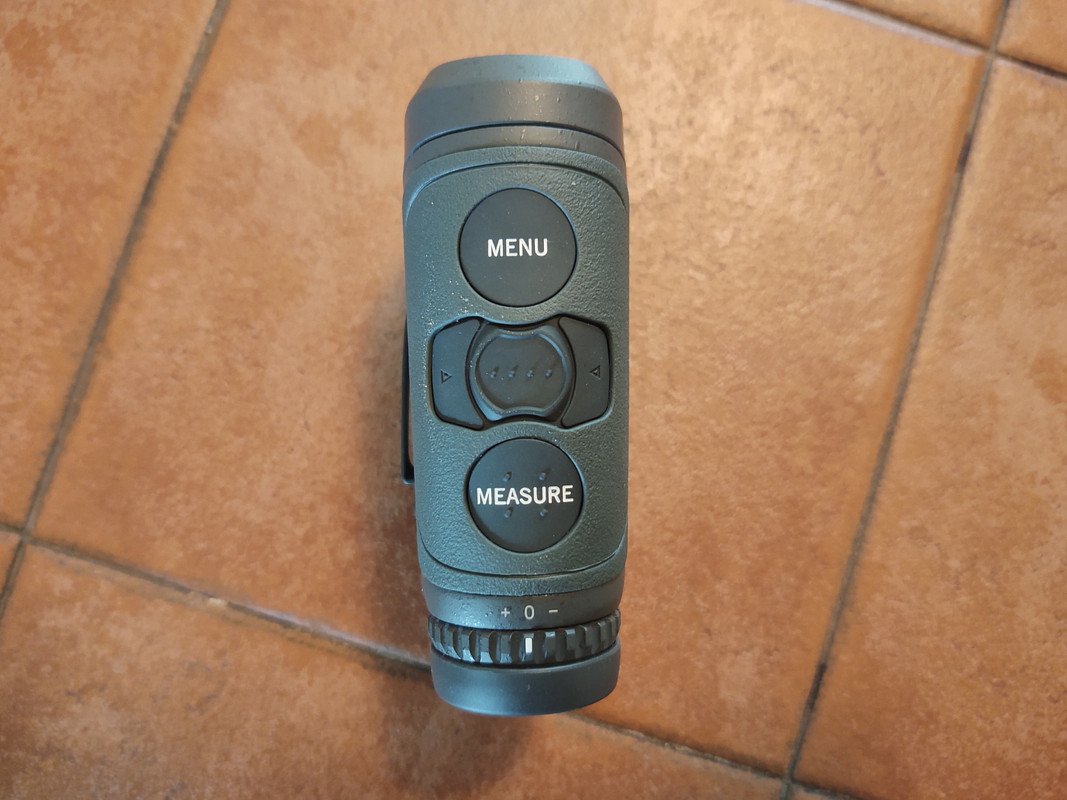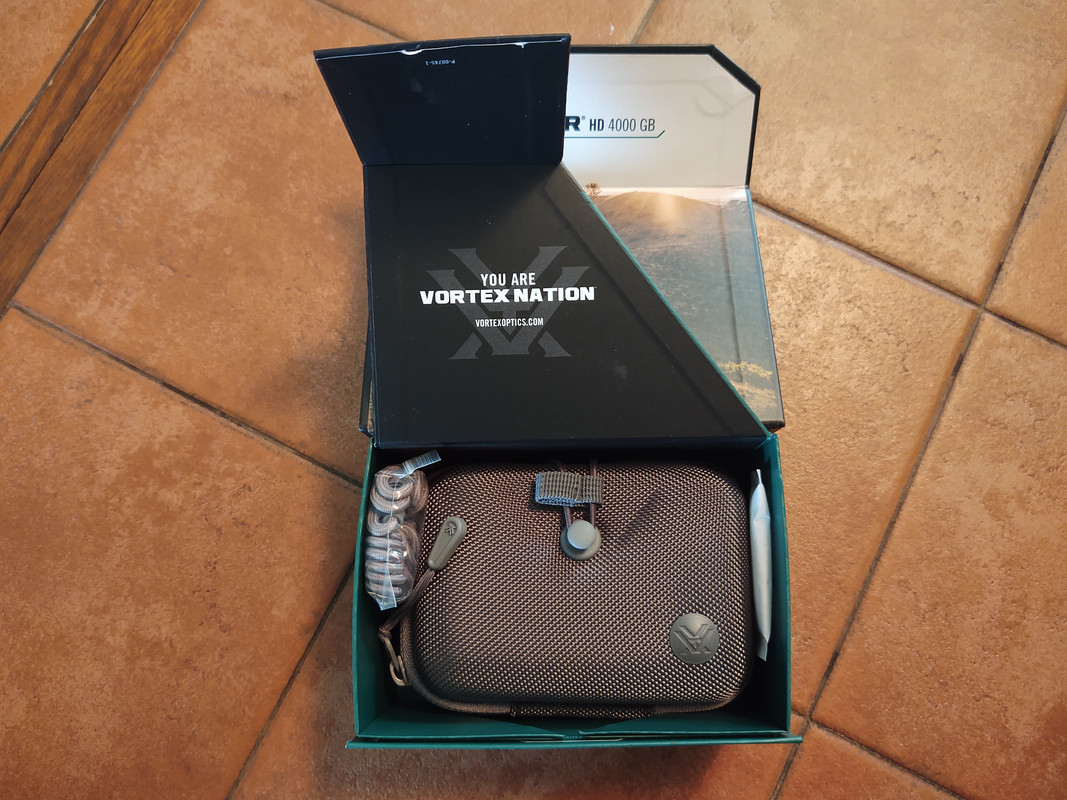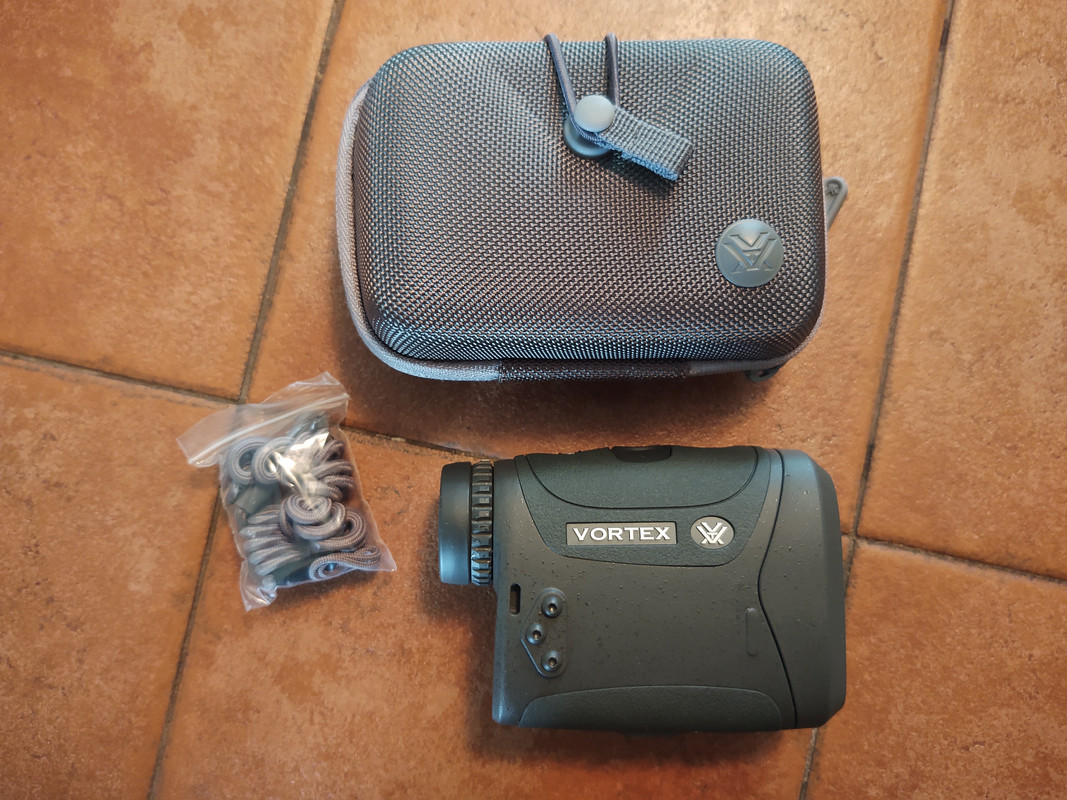Direction, Environmentals, Wind, and Kestrels
In terms of environmental data, the Razor measures direction of fire, angle, temperature, and pressure and feeds that to the onboard solver. Nothing new here. And as I mentioned, it also offers the option of gathering the environmental data from a Kestrel instead, albeit via a bridge connection through the app. For wind, they have implemented the same system as the one in the Fury AB. That is, there are dedicated buttons that allow you to directly and quickly manually enter direction and speed, or better yet, you can use the wind capture system.

Like the Fury AB, the Razor utilizes Vortex's excellent wind capture system. The additional buttons allow direct access to the wind system for very fast capture or manual setting of the wind direction and wind speed
The wind capture system basically works a lot like wind capture on a Kestrel; just face into the wind, and hit capture. Unlike a Kestrel, of course, it does not measure wind speed, but there are dedicated buttons to set the speed so you can do that very quickly. It's very fast, and it retains those settings relative to the onboard compass, so if you your direction of fire, it changes your windage solution accordingly. I like the system a lot, it really speeds up the wind setting process and I found it easy to use and effective. At this time, I think it's the best wind setting system on any RF that I have used and one of my favorite features on the Vortex RF's.
Ballistic Solver
Perhaps the most significant departure from the Fury AB in the Razor is that Vortex now has their own ballistic solution, Geoballistics (GB), hence the 'GB' in the name. I talked to some folks at Vortex about this change, as I really could not understand why, when they already have a working relationship with AB, they would move to something completely different in the new Razor. Ostensibly, AB being perhaps the premier solver, the Razor line would utilize it as the Fury does. I was told that Vortex in-housed their own solution because they wanted a more streamlined and simple solution that is still very powerful, but also easier to use, and less susceptible to mistakes. That is, their feeling was that AB has a lot of settings and capabilities, a level of complexity that most hunters don't really need, and that extra complexity contributes to mistakes in having the settings right for an accurate solution when you are in a hurry, like in a hunting situation. So they tell me this is why they came up with GB, and that it also allows them to easily tailor it to their own needs in the future.
I use AB a lot and can see this possibility, having made a few mistakes here and there along the way, but overall, I'm pretty comfortable with it and don't really see the need for a separate solver. My guess is that while complexity and custom scalability may have played a part in their decision to move away from AB, as I mentioned, I suspect that the cost of AB may play a role here as well. Adding AB functionality and connectivity is, as I understand it from several sources, quite expensive and adds a hefty cost to any device utilizing it. Vortex coming out with their own in-house solution bypasses that problem. Either way, as long as the solver works, I have no issue.
In terms of user interface, on the RF, there is basically nothing to note. Working in the app, however, I found it a little odd. Not that it was hard to use, but maybe a little less developed than AB. That said, I have been using a Kestrel with AB and other AB related products for a while, so I am kind of used to it. GB was different, not bad, just different for someone used to AB. After a while, I got used to it, and it is pretty simple.
But ultimately, what really matters is output. When you range, do you get the right solution. Like AB, GB accounts for Coriolis, spin drift, and aerodynamic jump in its solution calculations, so it should be turning out a pretty accurate solution, even at long range. AB and GB were pretty close at most ranges, but they were not identical. Of course, the best way to test is to shoot the solution, but frankly, the difference between the solutions at my shooting range were entirely too close for my skills to differentiate which was right. For example, at 628 yards, they were within .25 MOA of each other, and I am nowhere close to shooting well enough to show who was right. Suffice it to say, at these sorts of ranges, they were very close.
However, I did get to test the Razor vs AB on several devices out to some more extreme ranges. I used a Sig 8k, a 10k, and a Kestrel, making sure they were all setup identically, which meant setting temperature manually, and then ranging at the same moment at the same targets. Overall, they were all pretty close, with the Kestrel tending to call for a little less elevation than the Razor, but not always. My guess is there is a setting in there somewhere that is impacting the solution, but I'm not sure on that. Between the Razor and the 8k, they were pretty close, within half an MOA, usually less, except when I hit distances in the 2000 yard plus range, then the difference opened up quite a bit more. As an example, at 1100 yards, the Razor called for 35.1 MOA, the 8k called for 34.59 MOA and the Kestrel 34.6 MOA. I will say that the Kestrel and the 8k (as well as the 10k I have on hand) tracked very closely to each other, much closer than did the Kestrel and the Razor, especially at extended ranges over 2000 yards, but considering they are using the same ballistic engine, that should be expected. So overall, I was pretty happy with how close GB and AB tracked at most ranges. I did not expect them to be identical, even my 8k and 10k have slight disagreements at times, so to see two completely different solvers be as close as they were was good. My only concern would be for ELR shooters. At the 2k plus ranges, the difference between the Razor and the AB devices was much larger. I cannot tell which was right but would lean towards the AB devices. However, having neither the opportunity nor the skills to test this, I will have to leave it to others to determine which solution was more accurate.
Overall, I was left with a sense of confidence in the Geoballistics solver, at least out to the 1100 yard ranges. I'd be interested to see a shooter who can actually see a .25 MOA difference at 600 yards give it a spin and make a comparison to the solutions from AB vs GB, but unfortunately, my skills are not up to making that determination. So overall, GB vs AB, I'd have to say overall, there are some questions left unanswered in my mind when it comes to the very long distances, however, for my purposes and distances at which I generally shoot, GB seemed to get the job done just fine.
Conclusion
Overall, I found the Razor to be an impressive CRF. In the situations where I was able to test them side by side, it ran pretty much neck and neck with my 8k in terms of ranging. While the 8k offers some features that the Razor does not, like the highly configurable display, sensor/reticle alignment, comprehensive Kestrel pairing etc., the price difference between the two is not inconsequential. At the time of this writing, the 8k has a street price of around $1200 and the Razor runs around $800. Whether the extra features of the 8k are worth it is up to each individual, but in terms of ranging, in my experience, they were pretty much equals.
If I were to pick at anything on the Razor, the biggest would be on their move away from AB. While I don't know for certain which is right, I'd lean towards AB, especially if I was shooting at ELR distances. I just have more confidence in it, but who knows, I might change my mind after a few years using GB. It would also be nice to have the option of a full Kestrel connection, but again, that's not really that important to me. Of course, the mapping integration needs some improvement too, but I don't think that is a Vortex issue, I suspect that's a mapping issue that all of the current RF's will experience, though I have not tested the Leica Pro just yet but should be doing so in the near future. So I wouldn't hold that against the Razor.
Comparing that to the 'plus' column, the Razor comes out looking pretty strong: decent optics, great ranging, best in class wind capture system, built in tripod mount, and all at a very competitive price. And then there is Vortex's warranty. Unlike other companies that only cover the electronics for a limited time, Vortex extends their regular warranty coverage to the entire unit, which means it's covered under a lifetime warranty forever…electronics included. Considering the complexity of the electronics and the chances of them being the fault in a failure, that's a pretty valuable part of the package for many people. Overall, I'd say if you are in the market for a full featured CRF, the Razor deserves a careful look. It's balance of excellent core competencies, innovative wind capture system, and class leading price and warranty makes it a solid competitor in this segment of the CRF market.





